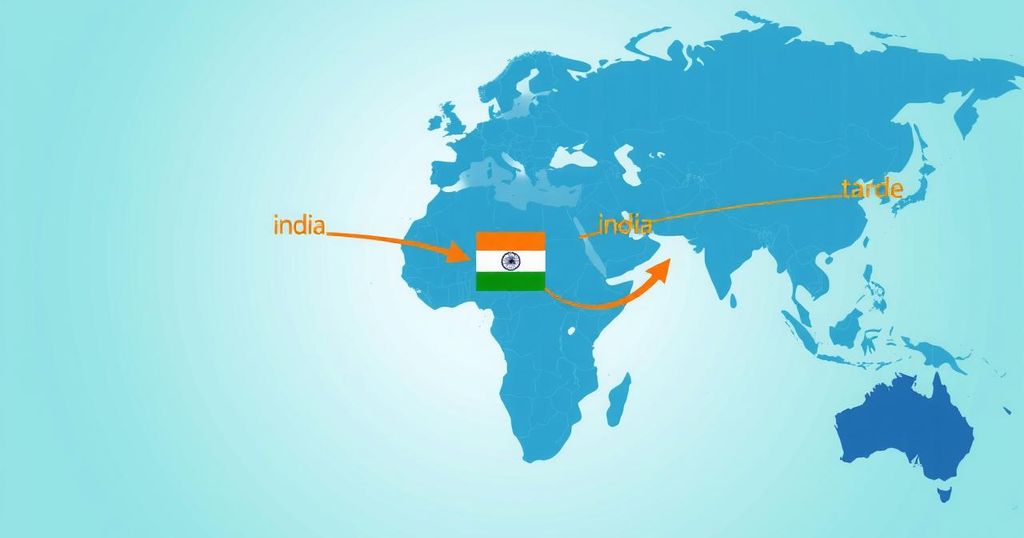Impact of Trump’s Tariffs on Indian Exports: Opportunities and Challenges

India faces a 27% tariff on exports to the U.S., presenting challenges but also opportunities. Although the automobile sector may be impacted, India benefits from lower tariffs in textiles compared to Vietnam and China. The gems and jewelry market remains strong, while agricultural exports could suffer against competitors like Mexico. The electronics sector, despite cost increases, is also better positioned than competitors. Trade negotiations may provide potential relief for Indian exporters.
India, now the 12th-largest exporter globally with $441 billion in exports in 2023, faces a significant 27% tariff on all exports to the United States. While this presents challenges, India finds itself in a more favorable position than rivals such as China, Vietnam, Bangladesh, and Indonesia, who face tariffs of up to 49%.
The tariffs on the automobile industry involve a 25% levy on imported automobiles, impacting major Asian manufacturers. Although India’s exports in this category are minimal, comprising just 0.13% and 3% of passenger and commercial vehicle exports respectively, companies like Tata Motors may experience indirect effects through Jaguar Land Rover. The U.S. represented less than 0.5% of India’s overall car exports in 2023, with primary markets being Saudi Arabia, South Africa, and Mexico.
In the textile sector, India stands to gain as it offers more advantageous tariffs compared to Vietnam, Bangladesh, and China, which face higher rates. Currently, textiles contribute around 8% to U.S. imports from India ($9.7 billion), while China and Vietnam account for 30% and 13% respectively. Additionally, with only contributing 2% to India’s GDP, the textile sector demonstrates a lower resilience to external pressures compared to its competitors.
India remains a leading supplier of gems and jewelry to the U.S., holding a 12.99% share ($11.58 billion) of total U.S. imports in this category. This dominance, contrasted with smaller contributions from competing nations, indicates a position of relative strength. However, Indian exporters may face adverse impacts due to the new tariffs.
The 27% tariff affects key agricultural exports including Basmati rice and buffalo meat. However, India might retain a pricing edge in processed food items over competitors. By contrast, Mexico benefits from tax advantages under the USMCA that render its agricultural exports more competitive, especially in fresh produce and packaged foods.
With $14 billion in electronics exports to the U.S., the newly imposed tariff raises costs for Indian electronics; yet India still fares better than Vietnam and China. Despite Mexico’s favorable tariff conditions under the USMCA, ongoing bilateral trade negotiations may offer potential relief for India. This scenario highlights the possibility of competitive advantages arising in certain sectors despite new challenges.
In conclusion, while the introduction of a 27% tariff on Indian exports to the United States poses immediate challenges, India may still navigate this landscape more adeptly than some of its main competitors. The automobile, textile, gems and jewelry, agriculture, and electronics sectors will each experience differing impacts. Strategic focus on pricing advantages and ongoing trade negotiations may enable Indian exporters to sustain and even enhance their competitive edge in various markets.
Original Source: www.business-standard.com




